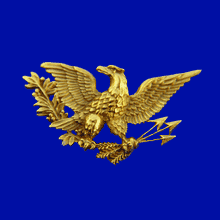With the ubiquitous nature of cellphones and global positioning satellites here on earth, we often take it for granted that it is now almost impossible to be truly lost. Short of leaving your cellphone behind and wandering off into an uncharted wilderness, one need only reach into a pocket to gain instant access to incredibly detailed maps and accurate coordinates. However, for the NASA Curiosity rover on Mars, things aren’t so simple:
Curiosity landed facing east-southeast within Gale Crater, with a heading of 112.7 degrees (plus or minus five degrees), and a few degrees of tilt. A Sol 1 overpass by Mars Odyssey will provide additional information on Curiosity's position and additional imagery. A first look at some color images taken just before landing by MSL's Mars Descent Imager also provided additonal [sic] information on the rover's precise location.
There are a handful of man-made satellites in orbit around Mars, but none has the capabilities of the GPS constellation in orbit around earth. Instead, like mariners in the age of sail, NASA scientists must measure the angles between different landmarks in a process known as triangulation to calculate the exact position of the rover.
The next time you’re looking at real-time traffic updates on your phone while searching for an alternate route, consider how lucky you are. Even after a breathtakingly complicated journey between the planets that would not have been possible without the advancements of 21st century rocket science, the incredible machines on the surface of Mars must rely on ancient principles of navigation to get around.



No comments:
Post a Comment